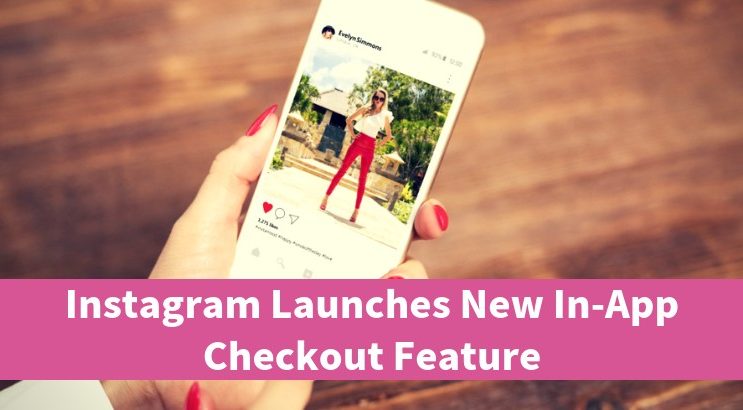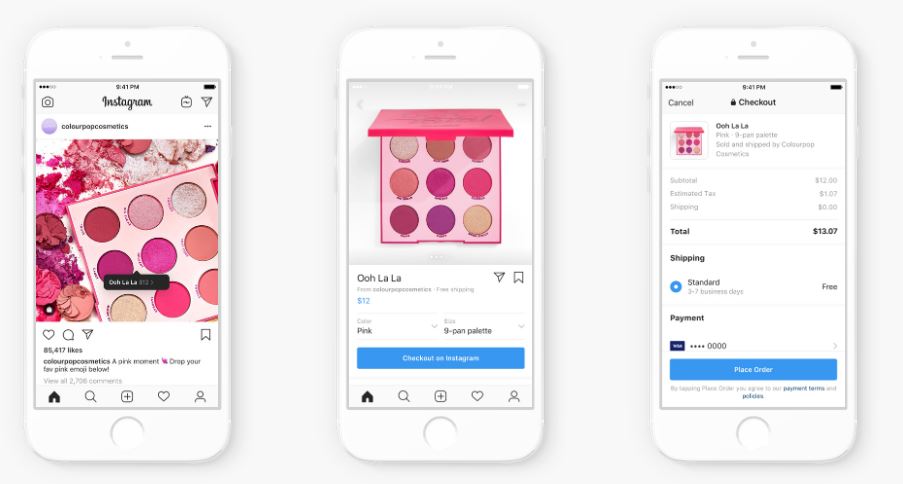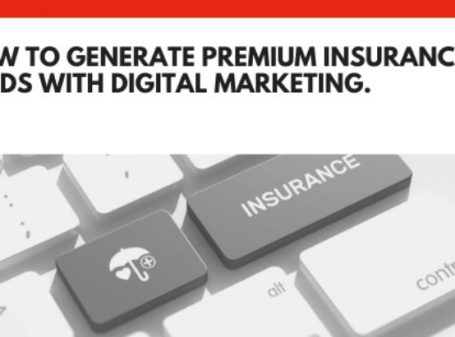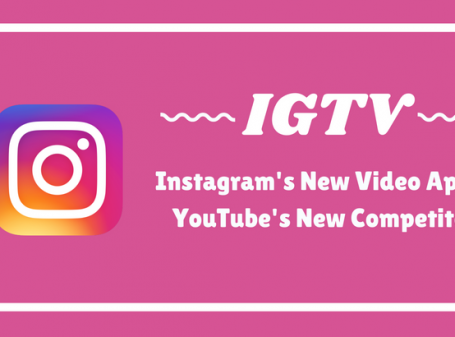Instagram Launches New In-App Checkout Feature
By: Rank Media

Cha-ching!
Hear that sound? It’s the sound of Instagram’s value as a marketing channel for businesses increasing. Official as of yesterday, leading brands and retailers will be able to utilize Instagram’s shiny new feature: in-app checkout. Yes, that’s right: your favourite brands will now be able to sell products directly within your feed, making spending money a breeze (which doesn’t bode well for your bank account, but I digress).
This feature provides a tremendous opportunity for online retailers to increase conversion rates via social media marketing initiatives and grow their return on investment on one of the leading social media platforms. The new in-app purchase and payment services are currently active with 20 brands, including Nike, Burberry, Addidas, and Zara as part of a closed beta.
How does Instagram’s new checkout process work?

Instagram’s new feature will allow users to initiate and complete the checkout process without having to leave the mobile app. Traditional thinking regarding campaign optimization is that if you reduce the number of steps in the checkout process, conversion rates should theoretically increase. Well, this new checkout flow Instagram implemented will allow users to tap a tagged product within an image, initiate the checkout process, and complete an order before they finish ordering their mocha latte at Starbucks.
Billing and shipping information is stored within the app, so users won’t need to re-enter vital purchase information, which will drastically reduce the amount of time a user spends in the checkout process (and at the same time, increase the number of people that have post-purchase dissonance as a result of buying too many products easily).
How does this change Instagram marketing strategies?
Historically, Instagram has been reluctant to drive users to external websites without the use of product tags. Links can’t be added to organic content; however, links can be added to ads managed via Facebook’s Advertising platform. Instagram has always made exceptions for retailers, though, allowing them to link product catalogs to their Instagram profile to enabled the tagged products feature. When clicked, these tagged products direct traffic to the brand’s website, allowing users to continue browsing and initiate the checkout process externally.
By giving users the ability to checkout within the app, Instagram can now retain users and keep them within its environment, as well as monetize the amount of traffic they capture each month. It all boils down to this:
Increasing conversion rates for advertisers > more sales on Instagram’s app > more money for Instagram to make.
Cha-ching!
Instagram for e-commerce brands

Here are some staggering statistics that demonstrate Instagram’s power for e-commerce brands:
- One hundred thirty million people view product tags each month within the app (an increase from 90 million back in September).
- One billion people use Instagram every month, more than 500 million of which are active daily users.
- Five hundred million people engage with Stories daily, easily surpassing Snapchat’s engagement rates.
- Over 1/3 of Instagram users have used their mobile devices to make a purchase online, which makes them 70% more likely to convert than non-Instagram users.
- Instagram has a 2.2% interaction rate, which is significantly greater than Facebook’s interaction rate of 0.22%.
Overall, Instagram users are more active, engaged, and likely to convert than users of any other social media platform. By giving e-commerce businesses and leading retailers the opportunity to earn more money by using the new in-app checkout process, Instagram cements itself as a necessary channel for marketing initiatives. In the end, it’s all about making more money, right? And buying shiny new kicks, of course.







 (800) 915 7990
(800) 915 7990
